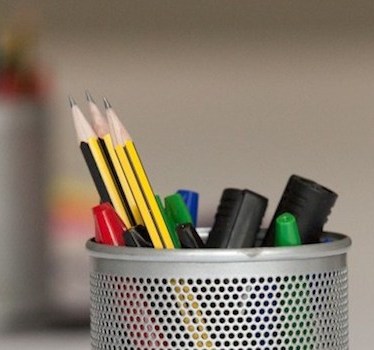Modelling and testing – the art of choosing and improving ideas
A Think Up Event

Description
This day-long workshop focuses on two key stages in the design process, modelling and testing and their impact on design as a whole. These two stages move the design process from divergent thinking to convergence on a preferred solution. Models are the means by which we express our ideas and test their adequacy against the brief. Creating models themselves can help us generate ideas, and they can be used a short-hand for expressing more complex ideas. The tests we apply to our models range in character from objective to highly subjective and depend on the requirements of the brief. Together these processes sit at the heart of the design process and effective design depends on their mastery.
Many built environment professionals are expert users of one or more modelling tools, be that producing hand sketches or constructing finite element models. This course goes beyond individual modelling techniques and helps designers understand the wider role of modelling and testing in design so that they can use models and tests more appropriately to iteratively develop better ideas. The course explores the different functions of modelling and the different types of tests that designers need to apply in their work. The material is covered in a mixture of group discussions and role-play-based exercises.
The content and delivery method for this course is drawn from over fifteen years of design teaching for engineers at universities and in business. Our approach at Think Up is always to provide practical guidance so that participants can go away and apply the techniques immediately and feel the benefits in the short-, medium- and long-term.
Aimed At
Built environment professionals with 2+ years of design experience.Learning Outcomes
- Describe the role of modelling, testing and judgement in the design process
- Use a range of modelling techniques to manifest ideas in the real world
- Identify and use common models and tests applied in design
- Describe and use modelling and testing as a technique for iterative design improvements
- Make iterative modifications to a brief during the design process
- Use modelling techniques as design short-hand
- Use modelling as a technique for generating ideas
- Describe how different types of model can be used as a communication tool
Related Events
- How to have ideas on 25 Apr 2024
- Conceptual design skills for engineers: 4-week course on 28 Sep 2017
- Reading and writing an effective design brief on 25 Apr 2024
Date: To Be Arranged
Host Organisation
Think UpLocation
The Clove Building
4 Maguire Street
London
SE1 2NQ